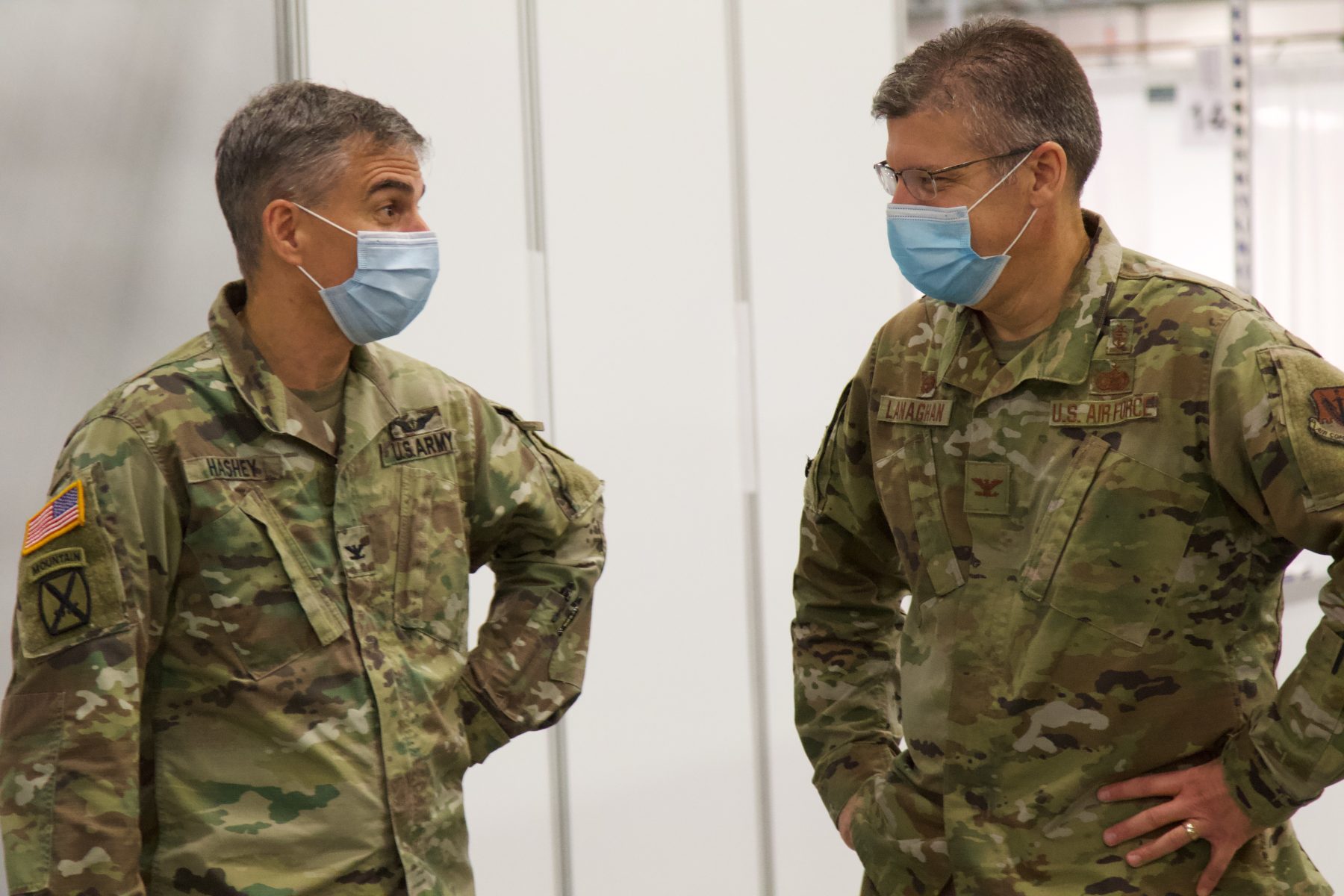How to manage your marketing during a pandemic
05.05.20


05.05.20

There is no denying that the COVID-19 pandemic has had an impact on all businesses in some way as they each responded to measures put in place to control the spread of the virus.
This has affected companies in a number of ways, such as being forced to close or having lost contracts, limitations on business output because of distance restrictions, or staffing issues as a direct result of the virus.
One of the first budget cuts made in crises like these is to marketing, and understandably so as other business functions take priority in order to keep companies running and to protect the welfare of the workforce and the supply chain.
Budget is one reason that marketing has been impacted throughout the COVID-19 crisis, as is uncertainty over what messaging is appropriate to take at a time when lives were being lost and business functions in many cases were severely affected.
The impact of travel restrictions has also been an issues, as freedom to travel is something that many companies depend on for trade in this internationally-focussed sector, be it one-on-one site meetings, or a reliance on trade show attendance.
While your marketing and communications capacity and reach may have been affected as a result of these issues, taking control of your messaging remains important, particularly when there is still so much uncertainty around the globe. However, there are a number of things to consider when executing your evolving marketing strategy.
With the lockdown brought an obvious lack of physical interaction, resulting in an increased reliance on digital devices as a source of information and entertainment, even more so than usual.
This could be seen as an ideal way to communicate with stakeholders, but while people are more engaged with their phones, tablets and laptops – and also generally have more time on their hands – the impact of the crisis on people’s day-to-day lives cannot be ignored.
Throughout the lockdowns, people are seeking content that is easily digested and engaging at a time when uncertainty is now an everyday occurrence. While content should always be engaging and of value, the approach has to be adapted somewhat during the pandemic response, and done so in line with reduced budgets and capacity.
So how does a company push out its key messages, ensuring they are positive but also at the same time appropriate for these challenging times?
Since government restrictions were put in place around the world in March, we have observed at least three different marketing approaches:
Firstly, a COVID-centric approach that focuses on the pandemic and how a company is responding (building equipment, keeping employees safe etc.). This is obviously essential – denying or ignoring anything has changed is naïve at best – but any non-COVID marketing has taken a back seat for the foreseeable future.
Secondly, a ‘business as usual’ approach. This largely does not consider that there is a pandemic underway that is having huge economic as well as health implications, and this attitude risks demonstrating a lack of agility within a company’s approach to communications. At worst, it could show ignorance and insensitivity to the crisis, and at best your marketing messages are largely ignored.
Thirdly, there has also been a ‘no marketing’ approach during the pandemic. While this may be seen as being business savvy as marketing budgets are limited, a lack of planning post-COVID-19 will set a company back when things return to normal – whatever this new ‘normal’ may look like.
So which approach is best to take during a crisis of this magnitude? A balanced one, ideally.
Acknowledge and consider the extraordinary events that are underway in your messaging, especially given that they are the result of a life-threatening illness that has killed thousands. However, also adapt in the way in which you promote your brand in line with new requirements and often newly reduced budgets.
Social media is key here: importantly it is free and you are able to shape your message the way you require. What is often challenging is maintaining a steady stream of content for your socials. We suggest delving into your content archive and planning posts in advance, setting up specific days where you can post photos or videos. Explainer animation videos should also be utilised.
Since events have been cancelled, there has been a huge surge in companies using webinar software in an attempt to replicate face-to-face meetings and briefings that would normally be given on a tradeshow floor.
Unfortunately, we are now reaching a saturation point with this format, and if one of the goals of producing a webinar is to engage prospective customers, then this may not be the correct approach anymore. We would suggest dropping the “webinar” moniker altogether.
It should go without saying that if you have used webinars for years (remember, they are not new) for client interaction and ongoing business activities, then they should continue to be used.
However, if it brings no value and alternative methods can be used, then you should probably stick with what you know. Don’t let this renaissance in webinars and video conferencing become the weak link in your marketing strategy (think bad connections, low quality webcams, and even worse, a lack of engaging content) just because it is trending.
It will look out of place alongside your other polished and professional content, and as with all content, value needs to be maintained and engagement is key. If it does not meet these criteria, it may be time to reassess if you do really need to jump on this bandwagon.
Now might also be an ideal time to turn your attention to content that may have been put on the backburner as other more urgent tasks took centre stage.
This could be website content, product sheets or brochures, which could be refreshed while the more newsy and engaging content is temporarily not prioritised because of the crisis.
Picture credit: US DoD


Signatories of:


Members of:



Innovation House
Molly Millars Close
Wokingham
RG41 2RX